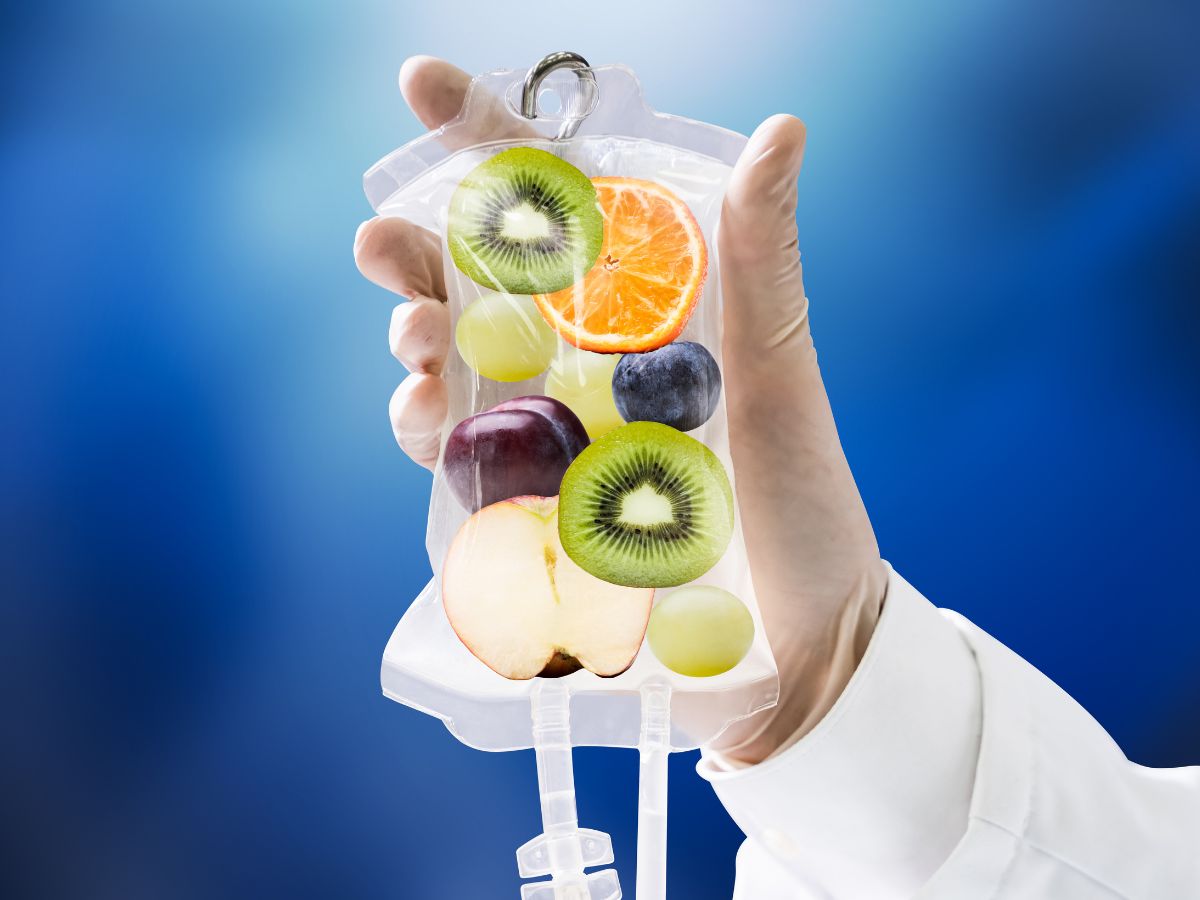In the Middle East, the major sources of lead exposure have been leaded gasoline, lead-contaminated flour from traditional stone mills, focal exposures from small battery plants and smelters, and kohl (blue color) in cosmetics. In 1998–2000, we measured blood lead (PbB) levels in children 2–6 years of age in Israel, Jordan, and the Palestinian Authority (n = 1478), using a fingerstick method. Mean (peak; percentage > 10 μg/dL) PbB levels in Israel (n = 317), the West Bank (n = 344), Jordan (n = 382), and Gaza (n = 435) were 3.2 μg/dL (18.2; 2.2%), 4.2 μg/dL (25.7; 5.2%), 3.2 μg/dL (39.3; < 1%), and 8.6 μg/dL (> 80.0; 17.2%), respectively. High levels in Gaza were all among children living near a battery factory. The findings, taken together with data on time trends in lead emissions and in PbB in children in previous years, indicate the benefits from phasing out of leaded gasoline but state the case for further reductions and investigation of hot spots. The project demonstrated the benefits of regional cooperation in planning and carrying out a jointly designed project.

Exploring the Benefits of IV Therapy: What You Need to Know
As healthcare continues to evolve, IV therapy has emerged as a popular method of delivering essential nutrients directly into the

